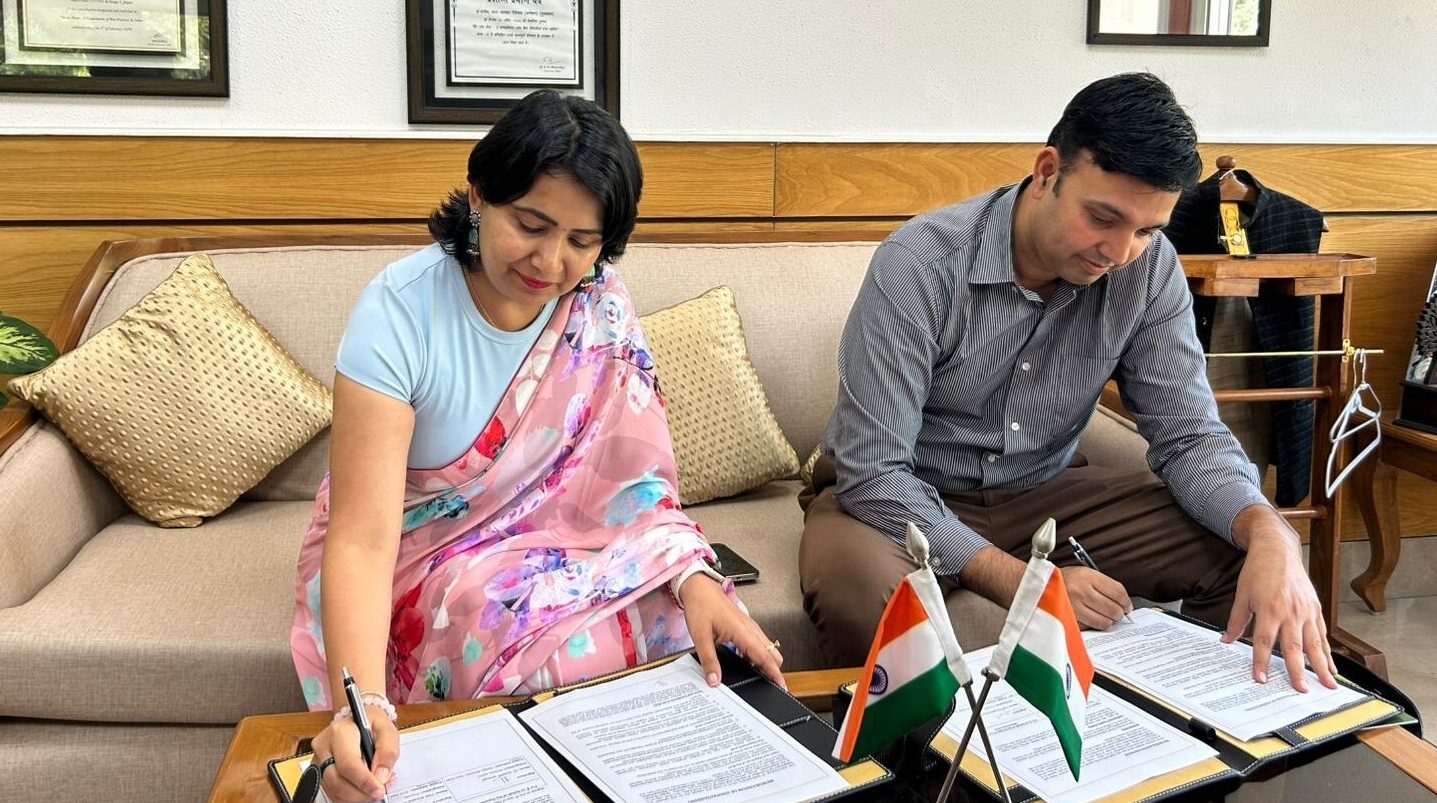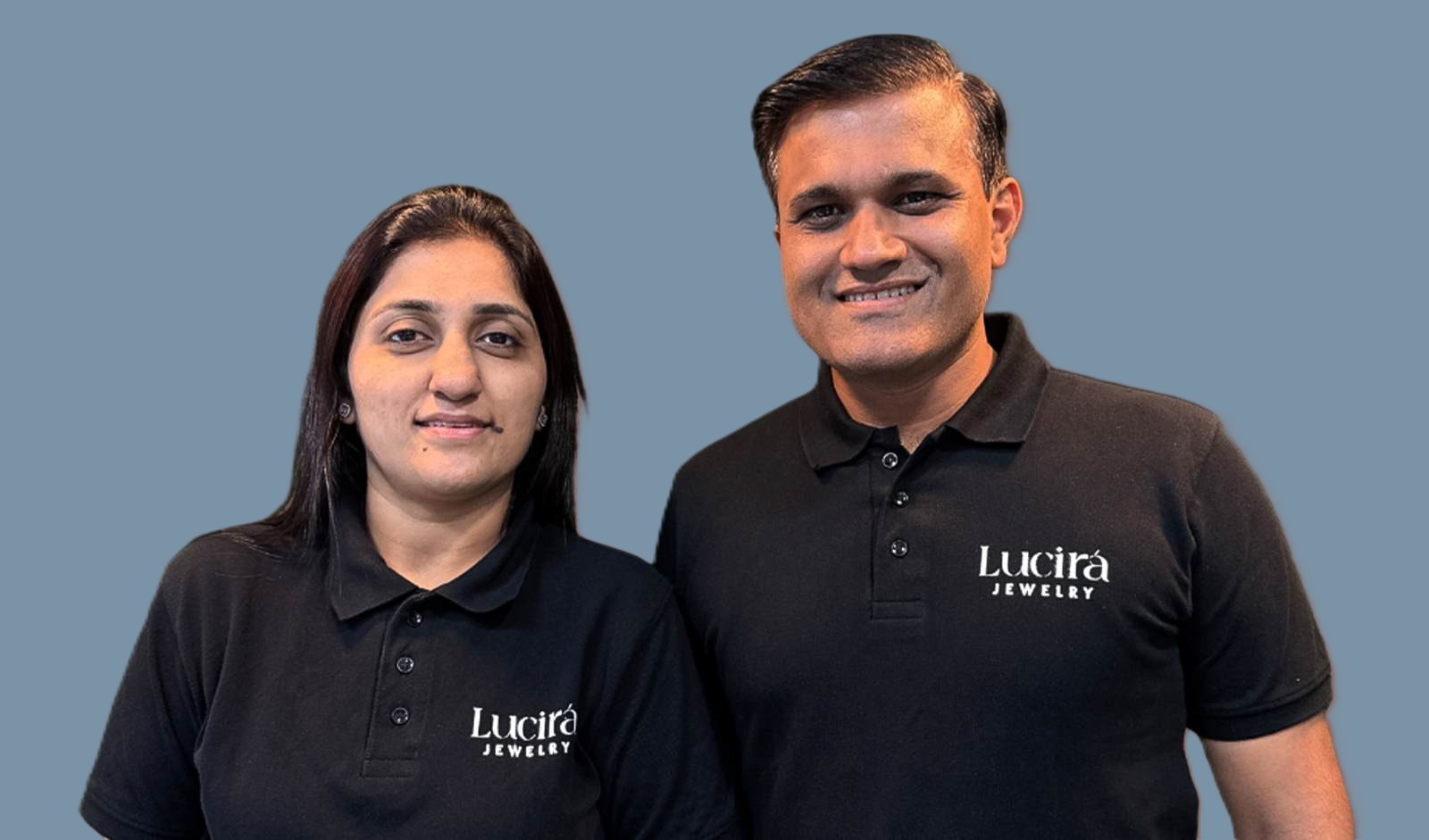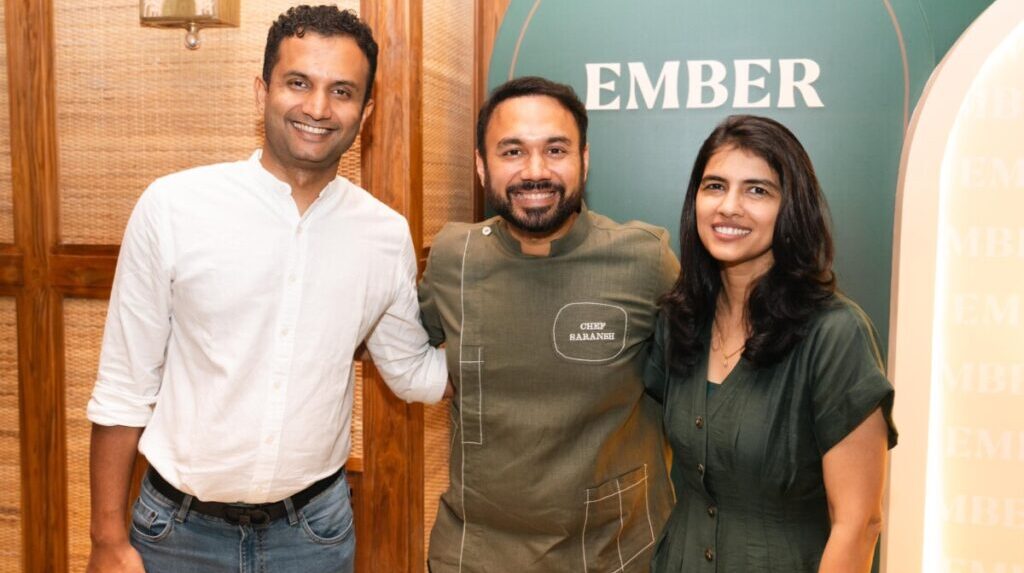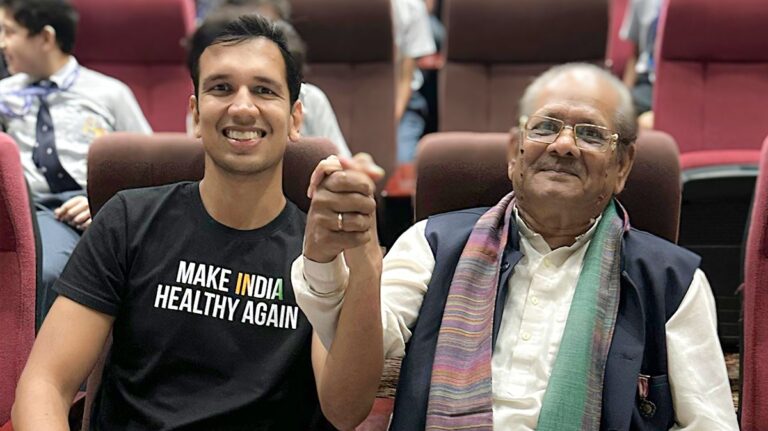While Katrina Kaif and Deepika Padukone launched beauty brands backed by star power and immense media attention, their journeys have yielded starkly different outcomes. Today, Katrina’s Kay Beauty reportedly clocks over ₹200 crore in annual sales, whereas Deepika’s 82°E is estimated to face losses of around ₹25 crore.
A recent LinkedIn post by Sarvangi Shah, Founder of Noya BeautyWorks, illuminates the critical differences that have driven this divergent performance, offering valuable lessons in product-market fit (PMF) and strategic brand building.
1. Pricing for the Real Indian Consumer
Kay Beauty was designed keeping India’s mass market in consideration, with SKUs beginning at a mere ₹299. Such a pricing model fit well within the buying capacity of a broad Indian population.
In contrast, 82°E entered the niche-luxury segment, with entry-level products priced at ₹2,700 and above. While aspirational, the premium positioning sharply limited its consumer base in a highly price-sensitive market. “The Indian market made its choice,” Shah succinctly noted.
2. Co-Creation for Indian Needs
Katrina Kaif wasn’t just the face of Kay Beauty, she actively contributed to product development, focusing on issues that Indian consumers genuinely face: humidity-resistant formulas, deeper skin tone inclusivity, and transfer-proof textures.
Meanwhile, Deepika Padukone built 82°E around her personal wellness philosophy. While the story was compelling, it lacked scalability among India’s wider beauty-buying population, who prioritize performance and practical results over philosophical branding.
3. Smarter Retail Strategy
Kay Beauty’s early partnership with Nykaa, India’s largest beauty retail platform, almost instantly gave it a nationwide offline and online footprint.
Conversely, 82°E pursued a direct-to-consumer (D2C) model. But as Shah points out, at a ₹2,900 price point, Indian consumers expect the ability to touch, try, and experience products before committing to a purchase. Without retail presence, D2C idealism clashed with consumer behavior realities.
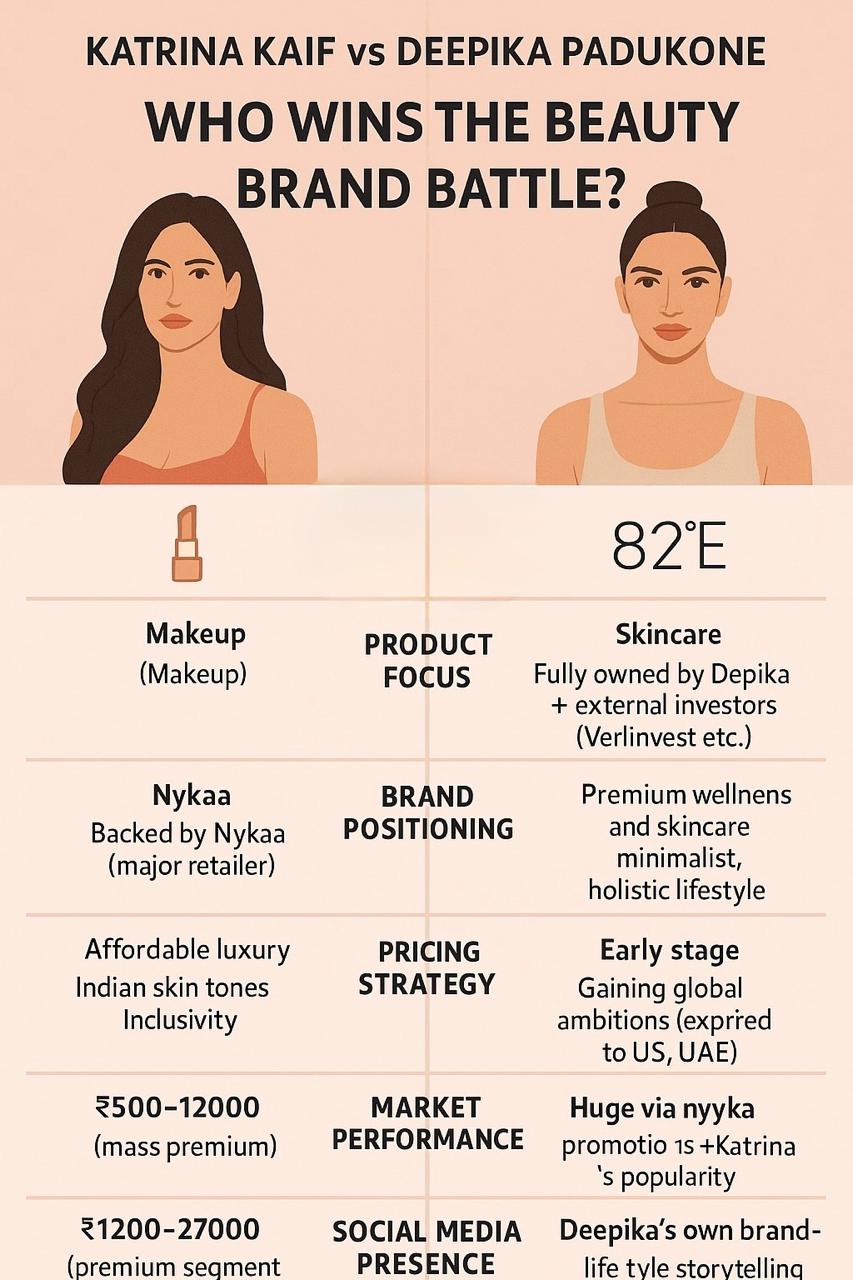
Lessons for Emerging Brands
The case of Kay Beauty vs. 82°E highlights a key truth in the Indian beauty landscape: performance, accessibility, and intelligent distribution matter more than celebrity storytelling alone.
At Noya BeautyWorks, Shah emphasizes applying these principles—developing products specifically for Indian skin, climate, and routines. Their formulations are tested during peak summers and are designed for multitasking, ensuring consumers find them indispensable to daily routines.
“Getting PMF right means aligning product, price, distribution, and patience,” Shah concludes.
As India’s beauty market matures, celebrity clout will no longer be enough. The brands that survive and thrive, will be those that deeply understand and serve the real needs of India’s billion-strong consumer base.
Also Read: Ankita Patel: From 30-Ft Fall to Unstoppable Comeback















